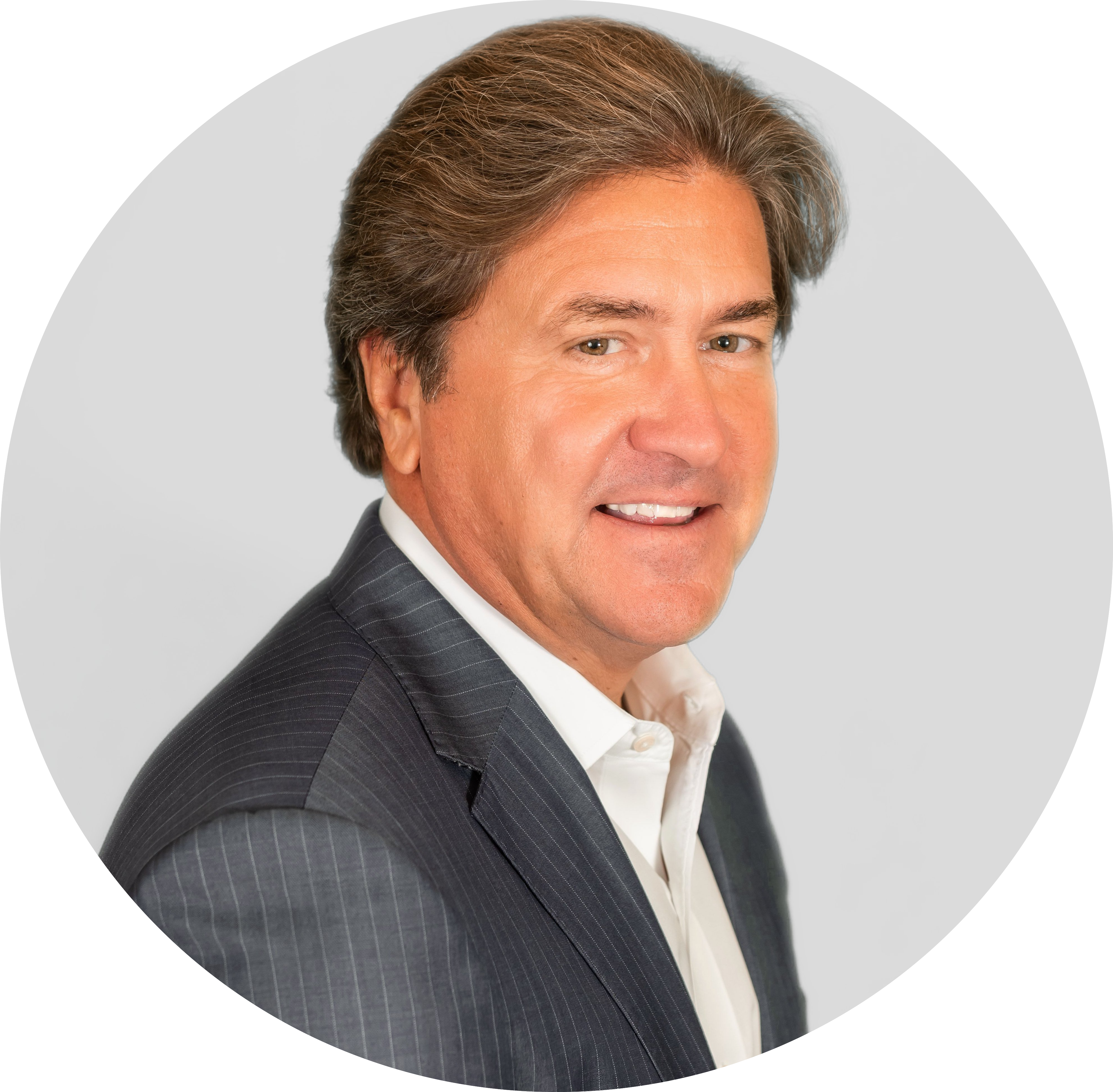

When we saw Ninth Wave Founder and CEO George Anderson’s keynote presentation at FinovateFall titled, “Open Banking: Ignore at Your Own Peril,” we wondered what else the tech industry is missing about the topic.
After the event, we tracked him down to ask him a few questions about what we’re missing about open banking and where the U.S. stands on the path to an open banking paradise.
When it comes to open banking, there’s a lot of terminology out there: open banking vs open finance, for example. What’s the difference?
Open banking is often viewed as a set of regulations and government-mandated standards (e.g., U.K. Open Banking, PSD2 in the E.U.) and usually describes the consumer-permissioned exchange of financial account and transaction data. I see open banking as a basic “check-the-box” feature for financial institutions.
Open finance represents a broader paradigm shift. Anything we can do by walking into a bank branch, calling our financial advisor, or logging into the bank app, we should be able to do from any app, software, or online service. Open finance is the natural extension of open banking and as such can be a strong differentiating factor for financial institutions.
What is one thing most fintechs don’t know about open banking?
One thing many fintech firms don’t realize is that, when using an aggregator or other API service, they will pay fees to get data they can get for free by integrating directly with the banks. While it’s currently not practical for smaller fintechs to do that, the move towards a standardized API – such as the FDX API standard – will make this more and more feasible. Why pay fees for data you can get for free?
A close second would be for fintechs to try and step into the shoes of the bank. This could make their business model more successful in the long run and also face less resistance from data providers. Questions entrepreneurs should ask themselves include: How does the bank perceive what I am offering? Can we find a win-win situation for the bank by adding value for them in some way?
What is one thing most banks don’t know about open banking?
Many financial institutions (FIs) still see open banking as a threat to their traditional business model. I think that’s a shortsighted view. I believe that banks that embrace open finance will be able to reinforce the “trusted advisor” relationship with their customers and also leverage third-party integrations as a true differentiator from other financial institutions.
Open finance API platforms, such as the Ninth Wave Platform, allow customers to securely share their data, integrate their bank accounts with third-party software, and most importantly, act on this data. This means that customers can initiate payments from non-bank-owned applications. Banks can regain control by having the necessary tools to securely and transparently manage data exchange with fintech applications, aggregators, and other third parties.
Without specific governmental regulation, do you think it’s possible for all banks, fintechs, and consumers to be on the same page when it comes to open banking?
On the surface, it would appear that banks, fintechs, and consumers have different viewpoints and interests. While I agree it’s really a tall order, I think it is possible to get all market participants aligned on open banking since they all realize that customer security and privacy must come first and foremost. Without these, the ecosystem completely breaks down.
The Financial Data Exchange (FDX), of which we are a member and contributor, is a group of ~150 companies, consumer, and industry groups which are developing and promoting a common, interoperable, and royalty-free data sharing standard. This includes banks, aggregators, fintechs, as well as other companies that provide or request financial data. The FDX working groups contributing to the standard have balanced representation of interests from members.
Having said all that, regulation may not be that far off, as indicated by the recent CFPB “pre” ANPR (Advance Notice of Proposed Rulemaking) on Section 1033 of the Dodd Frank Act.
The Open Banking Implementation Entity recently unveiled that over two million U.K. residents now use open banking. What will it take for the U.S. to reach that point?
While the U.S. may not have a government agency tracking users of “Open Banking”, I believe the U.S. is already at or beyond that level of utilization. Earlier this year, the Financial Data Exchange said that nearly 12 million end consumers have been transitioned away from screen scraping since 2018. This has been achieved mainly by large organizations embracing stronger security and data access methods, such as APIs, to reduce or eliminate screen scraping. I also believe the U.S. is leading with open finance initiatives – which go well beyond the definition of open banking – and have seen immense adoption during the COVID-19 pandemic. Embracing open finance will allow the U.S. and U.S. institutions to lead global adoption.
Sometimes the open banking conversation can feel like a battle between banks and fintechs! Where does the end customer fit in and how can firms consider their needs?
This is a great question and one I very much enjoy speaking about. I’ve watched this ecosystem evolve for longer than I care to admit. While Ninth Wave officially launched in 2018, the experience of our team is unmatched in this space.
The one constant I’ve been seeing is the perceived tug-of-war between banks and fintechs. Predominantly, I see three groups of players. First is the consumer or account owner, next comes the financial institutions, and third are the apps a consumer wishes to use and the aggregators/API players that connect fintech apps to financial institution account data.
Everyone needs to understand that the data belongs to the account holder. Period. Once you acknowledge and embrace that, it becomes much easier to understand the customer, meet their needs, and protect them.
Photo by Emily Morter on Unsplash
